Carbs In A Day On Low Carb Diet
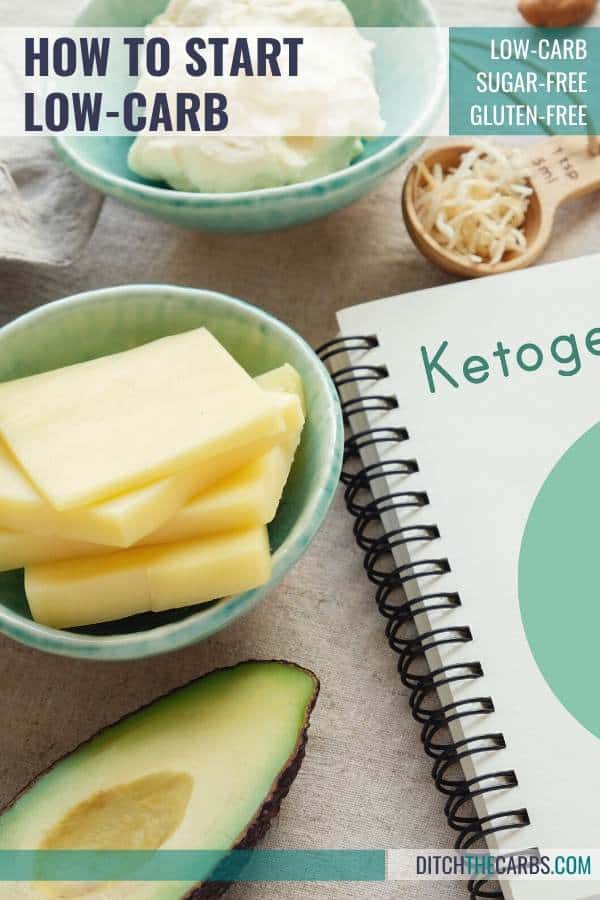
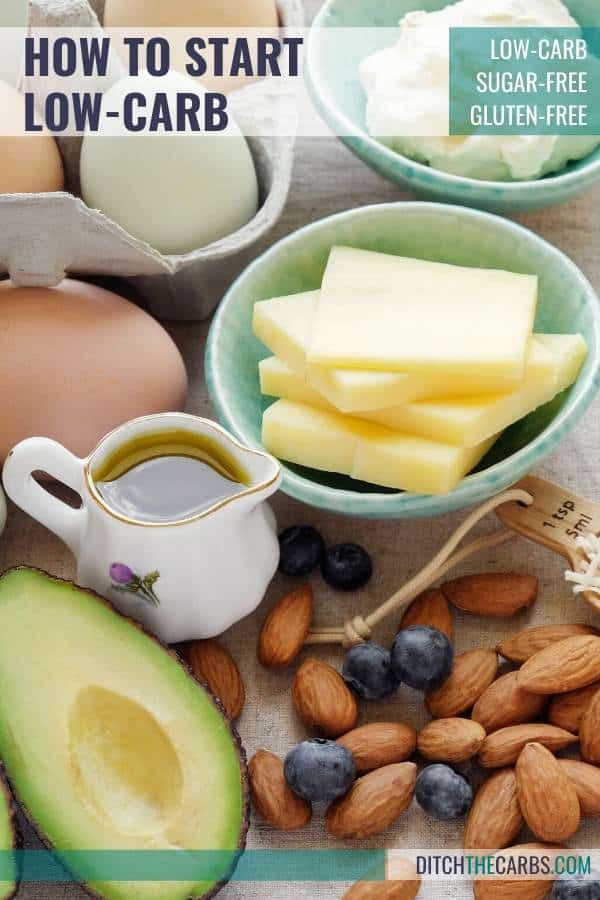
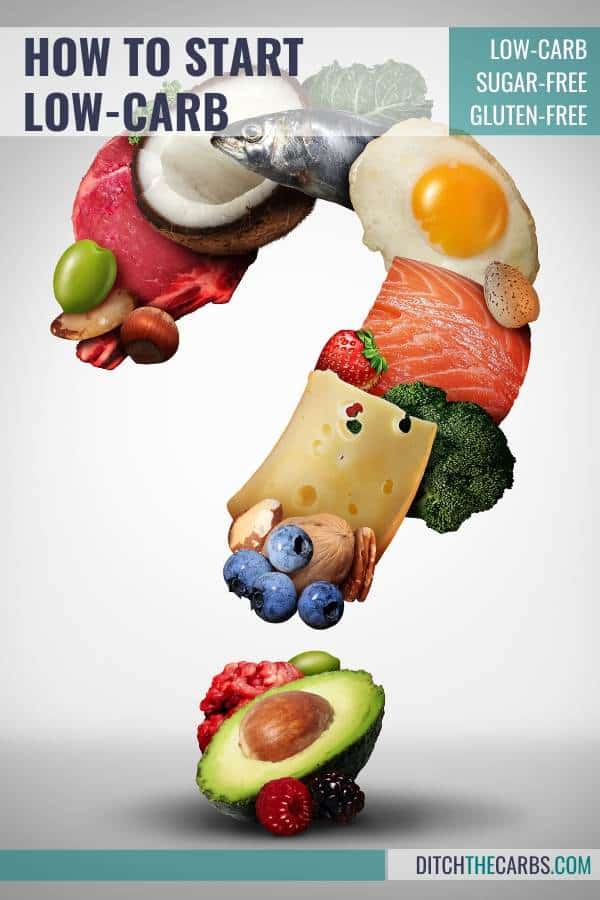
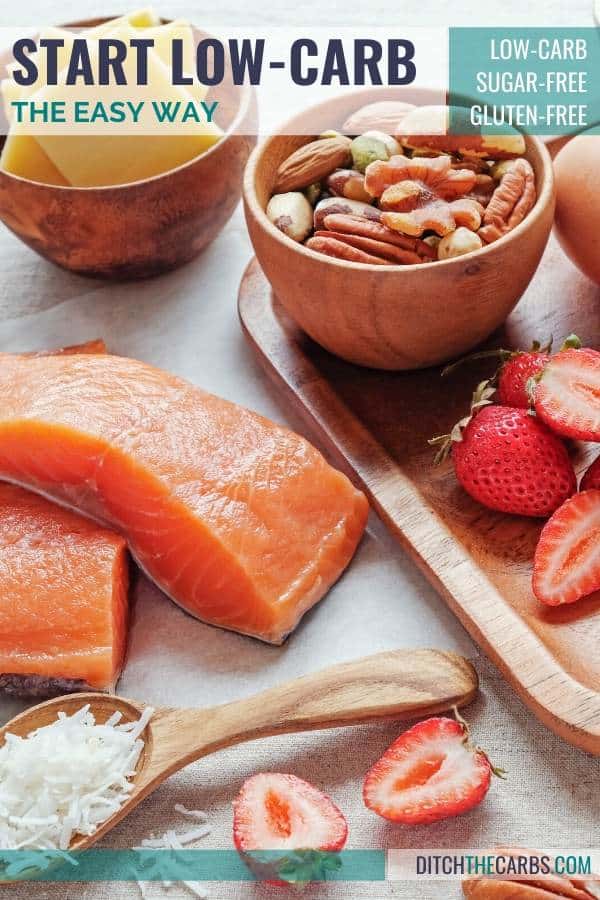
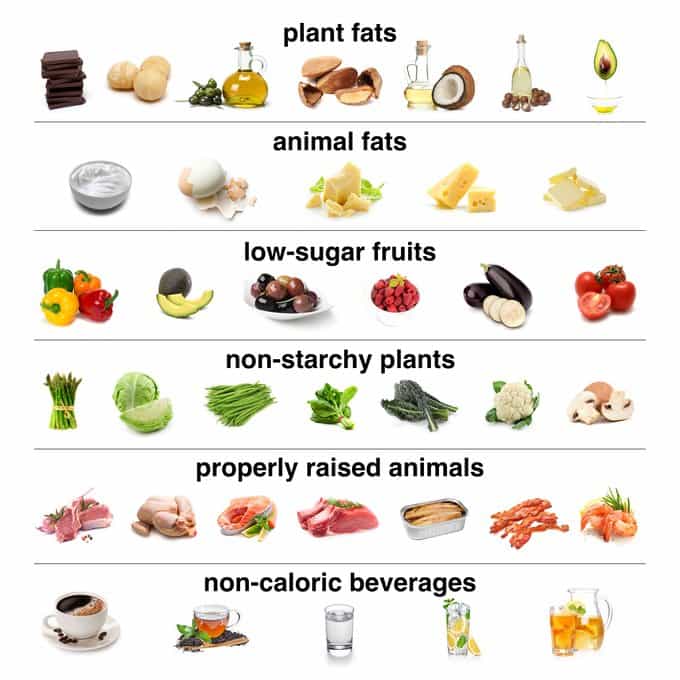
This page has everything you need to know about how to start a low-carb diet and the best low-carb recipe for beginners.
Living low-carb has numerous health benefits, but how do you start? How do you even begin to ditch the carbs from your daily life? Let me guide you through some easy steps so it's not so daunting.

Jump to:
- What is a low-carb or keto diet?
- What's the easiest way to start?
- How does the low-carb diet work?
- Why are low-carb diets so amazing? - What are the health benefits
- How do carbs affect blood sugars?
- How many carbs should you have each day?
- FREE keto caclulator
- What are the best healthy easy low-carb recipes?
- The easiest way to start your low-carb and keto diet
- 4-Week QUICKSTART
- References and citations:
- 💬 Comments
What is a low-carb or keto diet?
Have you heard about low-carb and keto diets and want to know how to start?
The low-carb diet and keto diet are easy.
You will become a fat burner, not a sugar burner.
You will eat amazing, nutritious, delicious whole foods that are lower in carbs, plenty of quality protein, and yummy healthy fats (but not too much, that's a myth, and I'll tell you why).
What's the easiest way to start?
Are you ready to start a low-carb or keto diet?
I want to make sure you have everything you need.
I always send new subscribers my FREE 5-day meal plan and shopping list. It's the easiest way to start FAST.
My mission is simple, to make low-carb and keto easy, delicious, and affordable for the whole family.
How does the low-carb diet work?

When your body is fuelled by a low-carb diet, it switches from using glucose as its energy source to burning fat more efficiently.
When you lower your dietary carbohydrates, you begin to use your glycogen stores and lower your insulin levels (the energy storage hormone).
When you increase your intake of healthy fats, you are satiated for longer which helps regulate your appetite and sustains you for longer.
You can then achieve stable lower blood glucose levels and your body will switch from being asugar burner to a fat burner.
Why are low-carb diets so amazing? - What are the health benefits

Studies have shown that a low-carb diet may help in numerous ways.
These can include rapid and sustained fat loss, increased and sustained energy, reduced inflammation, less intestinal distress, improved mental clarity, improved cholesterol profile, stable blood sugar levels, and more.
The low-carb diet can help to reverse insulin resistance, an unhealthy metabolic state at the root of many modern chronic diseases. It does this in part by lowering high insulin and blood sugar levels, as well as stabilise blood sugar swings.
These reasons alone make the low-carb diet a great choice for those who are trying to improve their health.
- Of all the weight-loss dietary interventions, research studies using low-carb interventions lost greater weight (and fat) than participants on low-fat interventions. (1)
- By lowering carbohydrate intake, blood sugars are controlled and insulin levels are minimised. This is incredibly beneficial for those with diabetes (type one or two) and those with insulin resistance.
- Low-carb diets normalise appetite, in part by minimising blood sugar swings which often lead to cravings. (2)
- Low-carb diets have a beneficial impact on a whole host of heart disease risk factors such as reduced inflammation, reduced triglycerides, increased HDL, just to name a few.
If you are new here, you may wish to understand all the advantages of living low-carb and to understand why low-carb has become so popular over recent years.

How do carbs affect blood sugars?
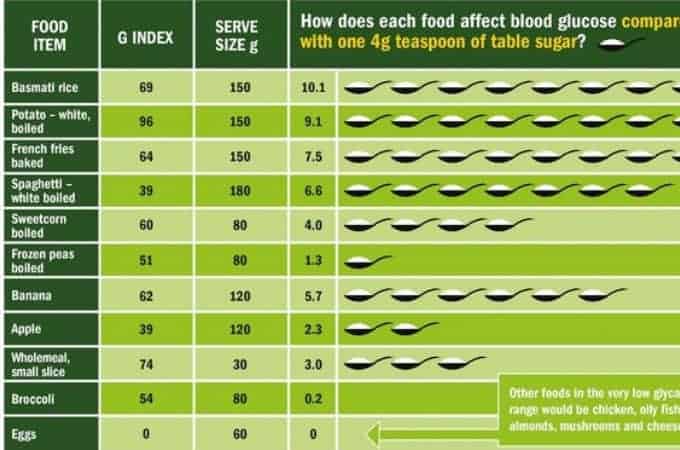
So you truly understand how much everyday foods affect our blood sugars, take a look at these 7 charts (spoiler alert - you will never see carbs in the same way again after seeing these).
What Do You Eat On A Low-Carb Diet?

If you are wondering what you will be eating once you start a low-carb diet, don't worry. There is absolutely no deprivation in living a keto lifestyle.We live like kings!
We base all our meals on whole food that is lower in carbs, moderate to high protein, and high in healthy fats. Think meat and simple veggies with some healthy fat thrown in for good measure. It really is that simple!!!
Your daily diet will begin to include the following whole foods. No more junk food. No more sugar. No more grains. Only healthy oils and fats.
But don't worry, keep reading because I will show you stepwise exactly how to get rid of sugar and junk food ... the easy way!
Use my low-carb and keto recipe index to plan your meals. Or make life easy for yourself ... and use my meal planning service.
Photo Credit: Ted Naimen
What Are The Worst Carbs That I Should Give Up First On A Low-Carb Diet?

It may seem daunting how to start changing you and your families way of eating. It doesn't have to be. Discover how to make easy low-carb swaps and start swapping one meal or one snack at a time. Every change you make gets you a step closer to being healthier.
The easiest way to start is to change your breakfast.
Enjoying a nutrient-dense low-carb breakfast will stop your usual morning sugar roller coaster and keep you satiated until lunchtime.
So no more mid-morning slumps, no more reaching for the nearest chocolate cake or granola bar.
Now improve your dinners, and your lunches can be leftovers. It's that simple.
"Aim for progress, not perfection"
Next, stop or swap your snacks. Snacks can add up to a fourth meal, and most snacks are ultra-processed, high-carb, high-sugar with unhealthy fats and oils.
Each meal you have which is a good choice is one less bad meal. Ditch the processed carbs!
What Is The Easiest Way To Start A Low-Carb Diet? - The Stepwise Method

STEPWISE METHOD: Below is the 5 things you should begin to cut from your diet.
- All sugar-sweetened beverages - Don't drink your sugar! Reduce then stop fizzy drinks, fruit juice, flavoured milk and energy drinks - they are ALL liquid sugar in a bottle. For most people, drinking sugar-sweetened beverages is the number one source of sugar in their diet.
- Sweets, confectionary, sugary treats - replace then remove. Make lower carb versions of your usual sweet treats, candy and ice-cream and begin to enjoy high-cacao low-sugar chocolate as you stop the sugary chocolate.
- Baking, cakes, biscuits, pastries - regular baking is a toxic combination of processed high-carb, high-sugar, and high unhealthy fats. Learn to make delicious sugar-free baking and banish the beige.
- Cereal and granola - These are generally highly processed, high in sugar and fortified. It will make you have a sugar crash later in the morning and not fulfil you. Breakfast cereals are more akin to desserts these days rather than a hearty way to start the day.
- Sugar and flour - if you give up these 2 things, you will improve your health, weight and nutrition beyond belief. People may say it is restrictive and you are giving up entire food groups , but what you are giving up is food products . It's only because flour and sugar are found in so many products that giving them up appears to be restrictive. Even just 10 years ago, many of these products weren't available. Supermarkets looked very different from how they do now.
READ LABELS - you must become a label reading ninja. Read the BACK of the package (nutrition label) not the front (marketing). Don't worry, once you get the hang of it, you'll instinctively know what you can and cannot buy.
What Carbs Should You Eat/Avoid/Sometimes Eat When You Start A Low-Carb Diet?
What to eat on a low-carb diet?

The easiest way is to get started is to grab a copy of the Low-Carb Starter Pack which has 25 easy recipes for beginners, a meal plan, a shopping list, a progress tracker, and simple guides.
- Meat - all types of beef, pork, chicken, lamb etc. Do not trim the fat and keep the skin on the chicken - yay -
- Fish - all types especially those high in Omega 3 such as salmon, mussels, tuna, sardines …
- Vegetables - all types that are grown above the ground. Leafy greens, spinach, silverbeet, broccoli, cauliflower, cabbage, avocados, courgettes, aubergines, capsicums, mushrooms, lettuce …..
- Cheese - choose the full-fat varieties.
- Cream - full fat, double, whipping.
- Full fat milk - avoid all flavoured milk and avoid any milk in large quantities because even though it may only contain 4-5% carbs, it is easy to drink a 250ml serving which equates to 12.5g carbs. No more milky lattes or cappuccinos.
- Nuts and seeds - a great snack but just watch yourself not to overindulge, especially on higher-carb nuts such as cashews. In addition, many nuts are high in omega 6 which is pro-inflammatory.
- Eggs - there is no limit on eggs, go for it!
- Fruit - it's best to choose low-sugar, low-carb, nutrient-dense berries such as blueberries, blackberries etc. Serve with double cream, natural unsweetened yoghurt or coconut cream to ensure you are satiated for longer.
- Fats - use healthy fats such as butter, olive oil, coconut oil, lard, avocado oil, macadamia oil.
What to avoid on a low-carb diet?

- All processed sugar drinks - this includes fizzy drinks, flavoured milk, sports drinks, energy drinks, fruit smoothies and even fruit juices which are incredibly high in natural sugars.
- All cakes, biscuits, jams, sweets.
- Seed Oils - Stop using oils such as sunflower, canola, corn, soy or margarine. They are high in inflammatory Omega 6, ultra-processed, bleached, deodorised, unstable and easily oxidised.
- All cereals - if you look at most cereal/granola packets, they contain anywhere from 50%-80% carbs. No wonder they are known as CEREAL KILLERS!!!
- Bread, pasta, potatoes, sugar etc . There is no nutritional value in these foods. You may argue that there are fibre and B group vitamins, true, but you gain more fibre and vitamins by increasing your vegetable intake and stopping the leaky gut that wheat creates which also reduces your vitamin/nutrient absorption. There is no known bread or pasta deficiency!
- Fruit - is something that should be limited. Why? Because it's natures candy. Yes, whole fruit has vitamins, fibre and phytonutrients, but nothing that you can't achieve from your increased low-starch veggie intake. Choose nutrient-dense, low-sugar fruits such as berries. Fruit such as pineapple, mango, grapes and especially dried fruits, should be avoided. They have an incredibly high glycaemic index, which will make your insulin spike (and begin storing fat). "If you are overweight, fruit is not your friend".
- ALL fruit juices - whole fruit is self-limiting, fruit juice is not. A glass of orange juice is not the same as the goodness from 6 oranges, it is the same as the sugar from 6 oranges. And fruit smoothies aren't any better. They can contain up to 35 teaspoons of sugar.
- All wheat products and grains -have a high GI, raise your blood sugar and increase appetite. Avoid all grains including wheat, oats, barley, spelt, sorghum.
- Pasta - high in carbohydrates and offer minimal nutrition.
- Rice -of very little nutritional value. Generally used to bulk out a meal. Try substituting rice for more vegetables or cauliflower rice. it's a win-win.
- Rice crackers -although they are marketed as healthy because they are low-fat, rice crackers/wafers are almost 80% carbs and incredibly processed. Avoid.
- Diet or low-fat products - check the labels and you will see how processed and higher in carbs they are compared to their regular version e.g, low-fat cream cheese can be up to 15% carbs, whereas the regular is only 4%.
What food can you enjoy sometimes on a low-carb diet?
If you don't have weight to lose, are metabolically healthy and all your blood results are within your goal, you may occasionally enjoy the following.
- Alcohol - avoid cocktails, beer and sweet wines or liqueurs.
- Dark chocolate - avoid high-sugar chocolate and instead choose high % cacao chocolates that are generally lower in sugar and carbs. Avoid low-carb bars and sugar-free chocolate, they often contain sweeteners that still raise blood sugars.
- Low-carb baking -part of the ethos of going low carb is to give up the sweet treats, but when the need arises, best to make it a low-carb recipe
- Potatoes and starchy vegetables -if you can tolerate a moderate level of carbs, some choose to include some of the more nutrients dense highly coloured starchy vegetables such as carrots, beetroot or sweet potato. But it must be in limited quantities. However, most choose to avoid all starchy vegetables until they are at goal weight.
How many carbs should you have each day?
How many carbs you consume each day will be dictated by your health goals and carbohydrate tolerance.
Generally, a low-carb diet is considered to be:
- <100g/day = moderate low-carb
- <50g/day = low-carb
- <20g/day = keto
Many readers like to begin by simply reducing their carbs to a level that is sustainable and weight loss still occurs.
All the nutrition panels in my recipes are guides only . There are so many variables with different brands that you choose so if your carb requirement is strict, please calculate your own for accuracy.
From the examples below, you can choose your own weekly meal plan. It will take some time to adjust your appetite, but believe me, it will change. In the meantime, if you are hungry, increase yourhealthy fats at each meal.
FREE keto caclulator
If you are confused with how many carbs to limit yourself to, or how much protein, then use the FREE keto calculator to set your goals and limits.
Once you have your goals set, and you know how to read food labels, you can begin to count your carbs.
What are the best healthy easy low-carb recipes?
Low-Carb Breakfast Recipes
- The Ultimate Low-Carb Breakfast Cookbook
- Chaffles - with a FREE cookbook
- G rain-Free Granola,
- C hocolate Grain-Free Granola
- Cinnamon crunch
- Low carb yoghurt, berries, nut muesli, coconut cream
- 2 slices bacon, eggs, spinach, mushrooms, cherry tomatoes, capsicums
- S crambled eggs with cheese and full-fat milk
- Omelette with any vegetable leftover from last nights dinner
- C hocolate green smoothie
- Berry smoothie with coconut cream
- Low-carb waffles
Low-Carb Lunch Recipes
- The Ultimate Low-Carb Lunchbox Cookbook - BUY NOW
- Last nights leftovers are KING!
- Paleo scotch eggs
- Bacon-wrapped meatloaf leftovers
- Crustless bacon and egg pie
- Salmon crustless quiche
- Rice-free sushi
- Salmon zoodles
- Easy egg salad
Low-Carb Dinner Recipes
- Low-Carb Family Meals Cookbook
- Quality meat and plenty of low-starch vegetables and healthy fats such as butter or cream cheese on the table to encourage children to eat their vegetables. Add cheese or creamy sauces to steaks, grated cheese onto broccoli, hollandaise sauce, cream sauces.
- Instant Pot chilli
- Fat Head pizza
- Cheeseburger casserole
- Make your regular family recipes, but remove the high-carb side dishes. Remove rice and add a double helping of vegetables to the mix. Make meatballs and zoodles. Roast dinner but without the potatoes. Lasagne but use zucchini slices instead of lasagne sheets. So many options.
- Fish, fish, fish. The oilier the better to increase your omega 3 and essential fatty acids for brain power, such as salmon, tuna, mackerel, sardines.
- Chicken nuggets with a crunchy tasty coating
- Burgers - homemade and no bun. Add a salad, avocado, cheese, mustard and mayo.
Low-Carb Snack Recipes
- The Ultimate Low-Carb Cookbook Bundle
- Children love a low-carb snack tray.
- Coffee made with full-fat cream.
- Cheese
- A small handful of nuts (not cashews)
- Solidified coconut cream from the fridge. Enjoy a spoon or two to keep hunger at bay (or add cocoa powder and stevia for a quick chocolate fix).
- Very dark chocolate - the higher % the better.
- Boiled eggs.
- Cheese or pate on cucumber slices instead of crackers
- Canned/tinned tuna in olive oil.
- Pork crackle/crackling.
- Beef jerky/Biltong.
- 35 BEST low-carb snack recipes - all under 10g net carbs
Do the best you can, as often as you can.
The easiest way to start your low-carb and keto diet
Start to re-think your regular meals.
Begin to ask yourself how can you remove the high-carb side dishes?
What can you replace or remove?
It's as simple as that.
- You can still enjoy your regular roast dinner, just remove the bread, potatoes, root vegetables and enjoy non-starchy vegetables such as broccoli, cauliflower, Brussels sprouts and spinach instead.
- Instead of crumbed fish and chips have grilled salmon on a salad with a lemon dressing.
- Have a hamburger but not the bread bun, load it up with veggies and cheese.
- Instead of a sandwich, enjoy your usual fillings on a salad or wrapped in nori (seaweed) sheet, wrapped in slices of ham or other deli meats.
- And instead of cheesecake with a biscuit base and sugar-laden filling, have a base made of ground almonds topped with cream, cream cheese, and berry filling.
What To Do If Weight Loss Stops?
Congratulate yourself on how far you have come then let me help you figure out what is going wrong.
The longer you live on whole food that is lower in carbs, you will feel so amazing that you won't want little slip-ups anymore.
There are many factors that may need to be addressed:
- Is carb creep happening?
- Do you need to start intermittent fasting?
- Do you need to stop snacking?
- Are your measurements reducing but the scales aren't moving?
4-Week QUICKSTART
Want to change your eating? It just got easier… Ditch The Carbs 4-week QUICKSTART is open.
EVERY lesson has a purpose and EVERY lesson could be your lightbulb moment.
Weekly lessons, mini-challenges, and guest experts.
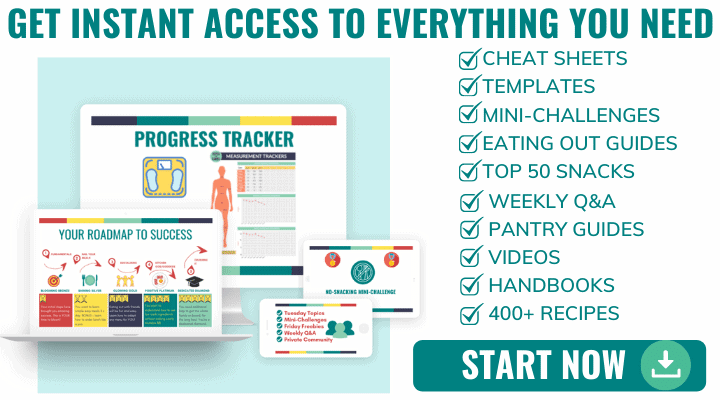

References and citations:
- Effects of a low carbohydrate diet on energy expenditure during weight-loss maintenance: randomized trial.
- Ketosis, ketogenic diet and food intake control: a complex relationship
Carbs In A Day On Low Carb Diet
Source: https://www.ditchthecarbs.com/howtostart/

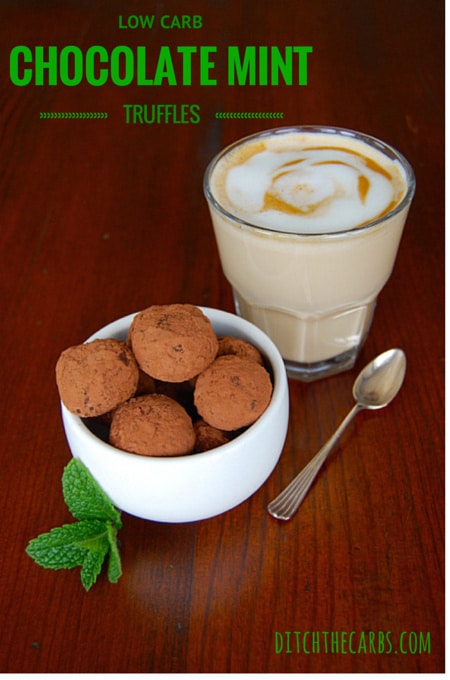
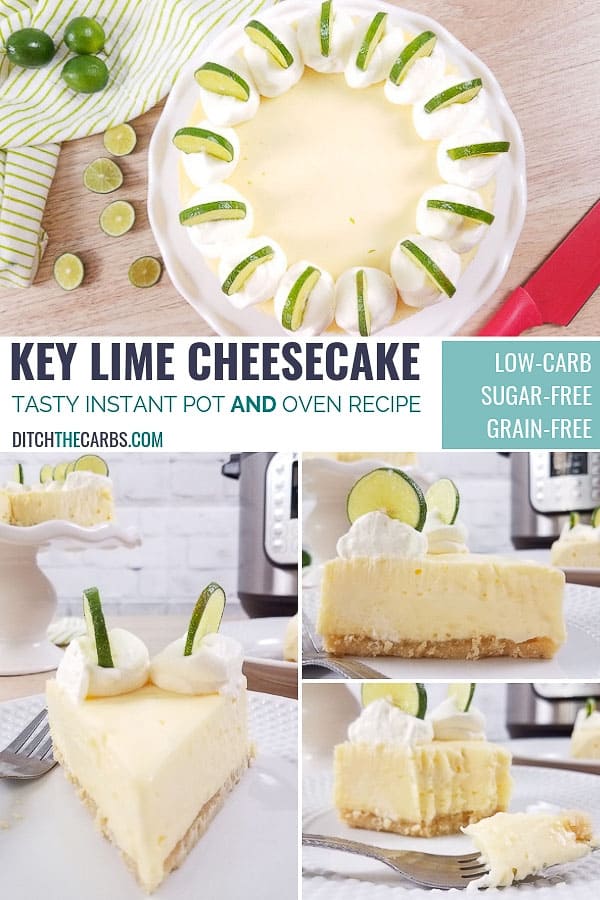
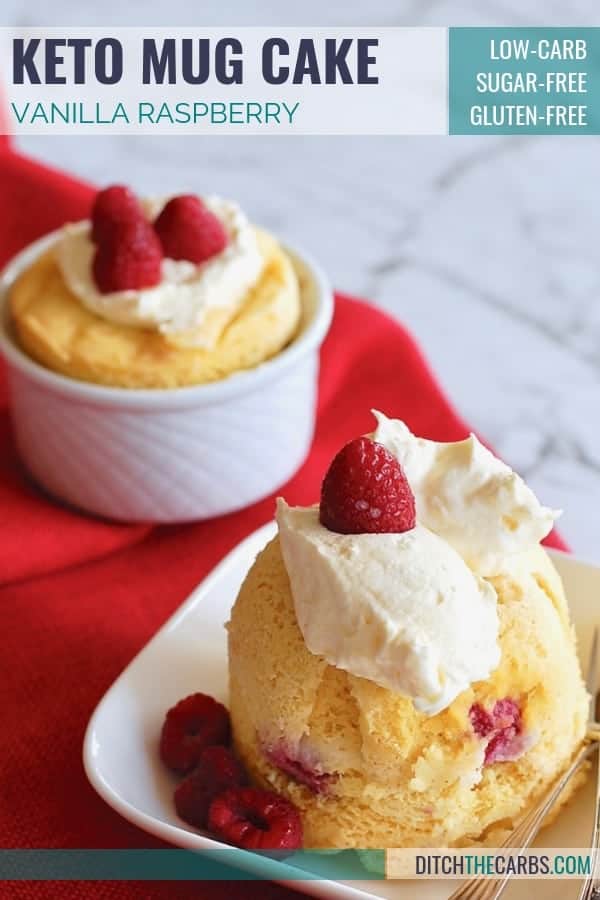
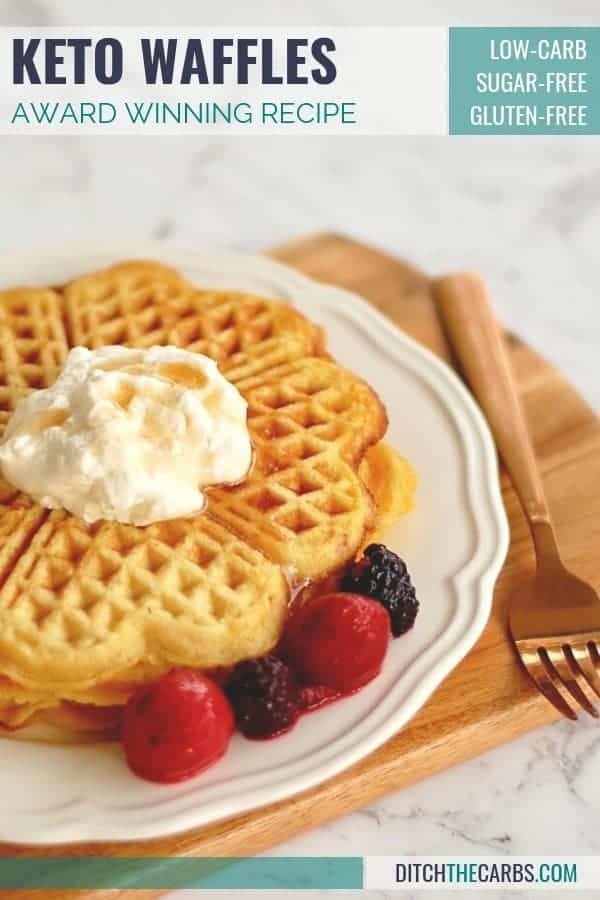
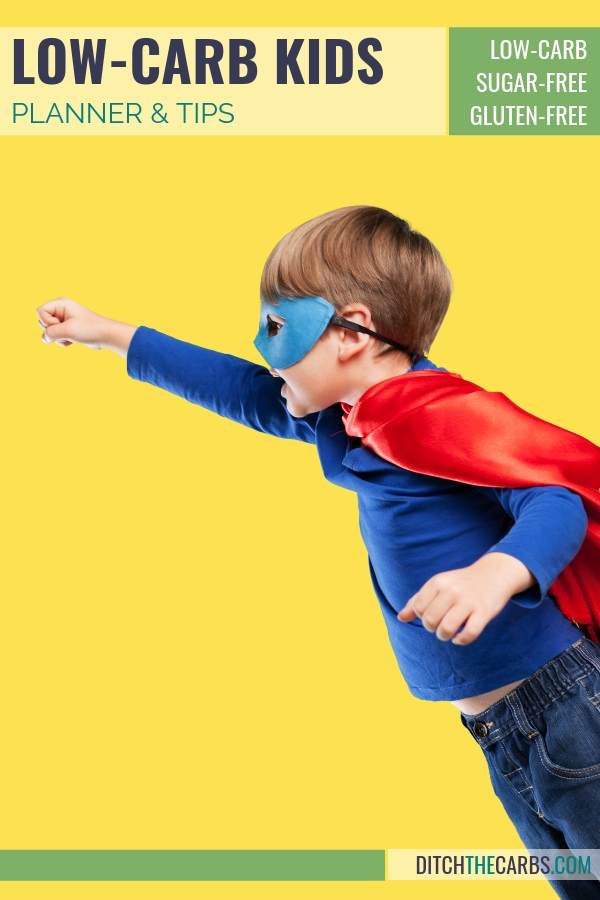
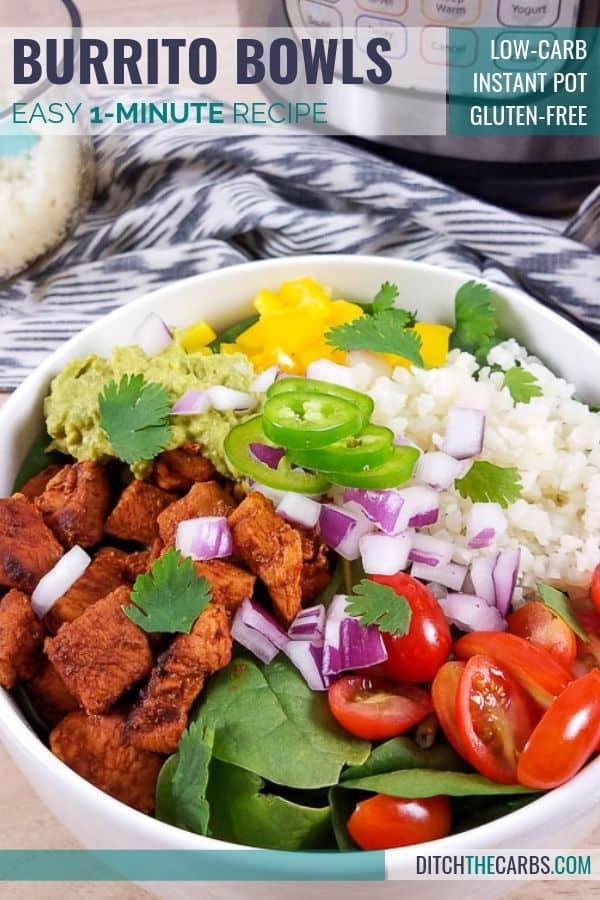
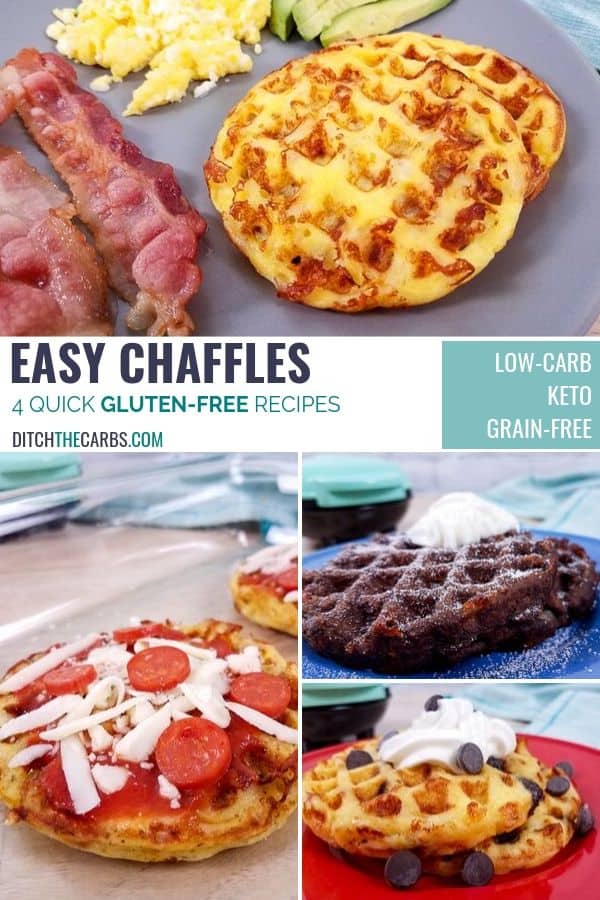
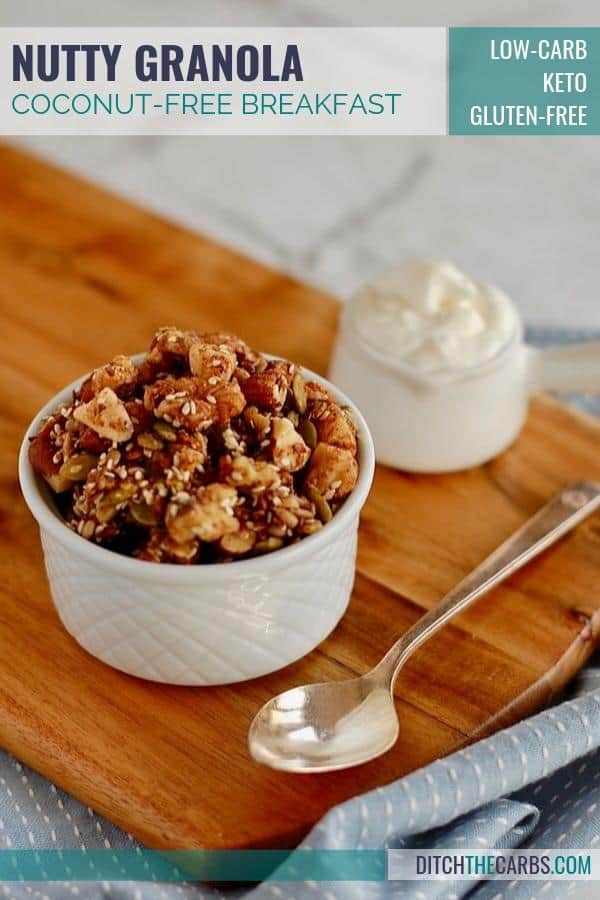
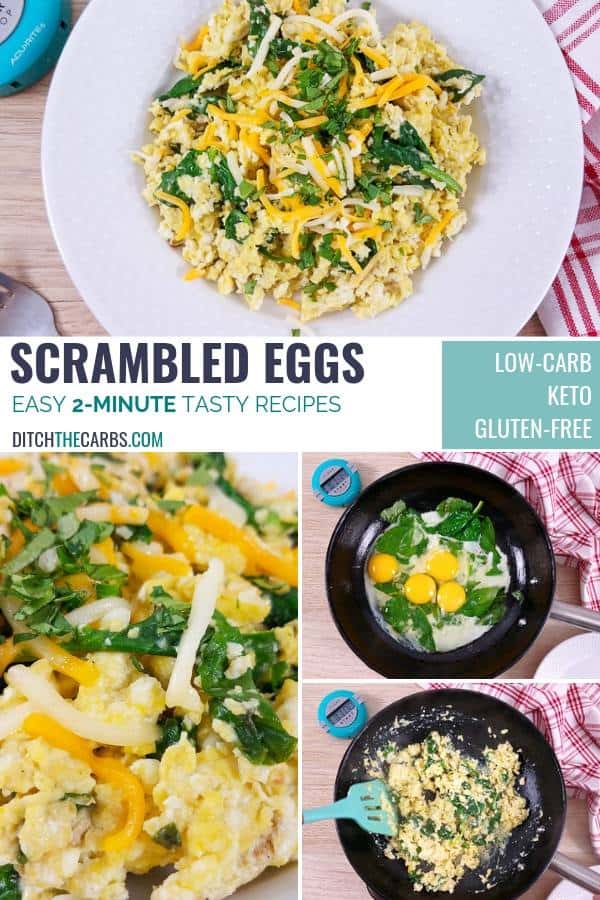
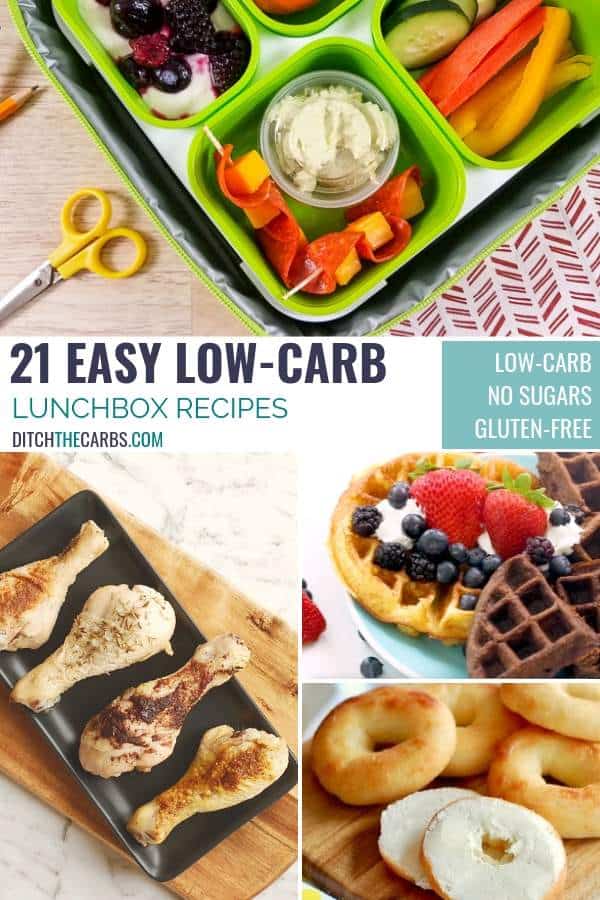
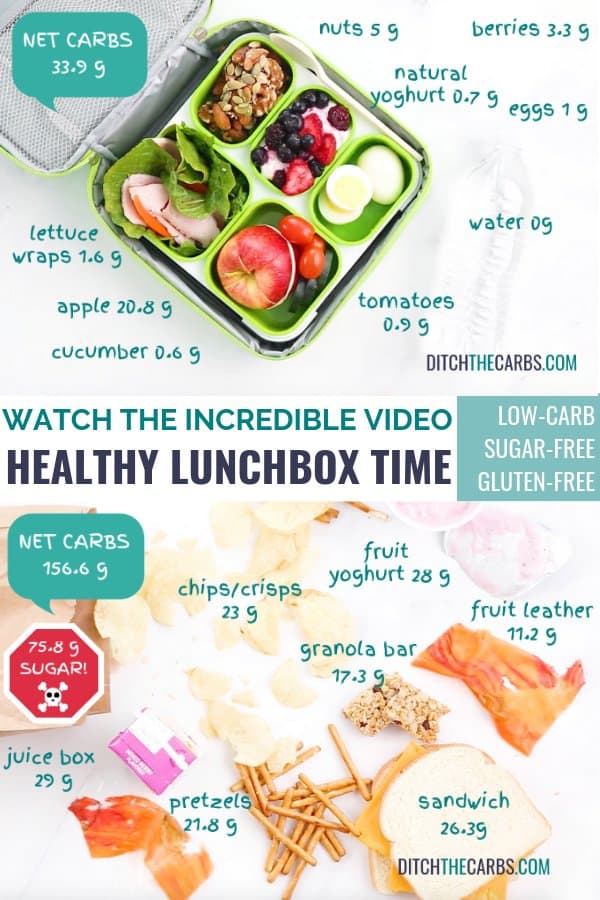
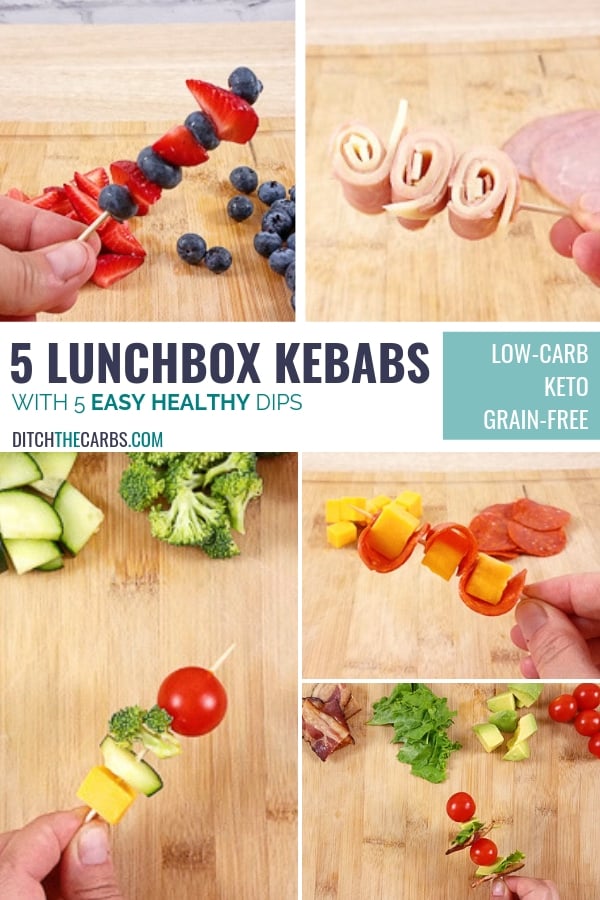
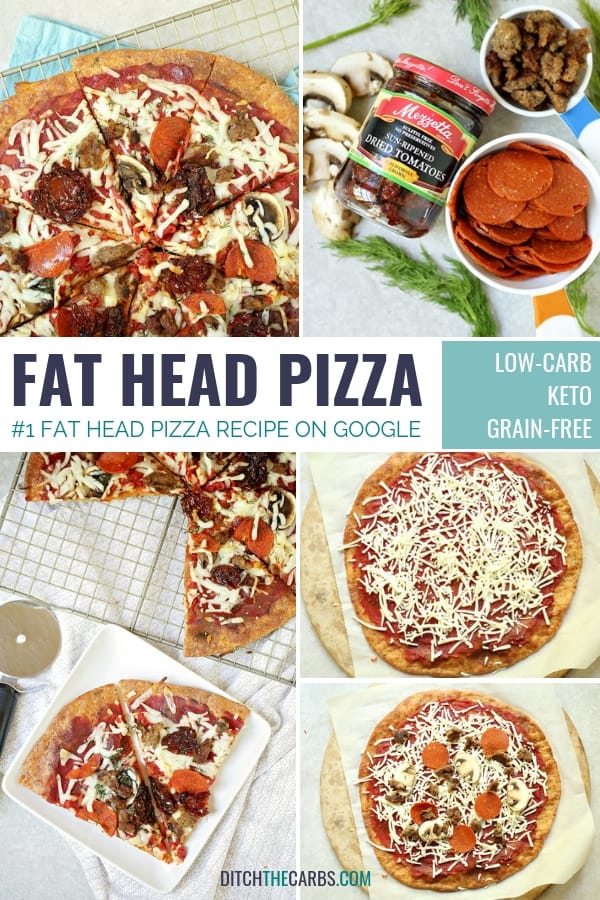
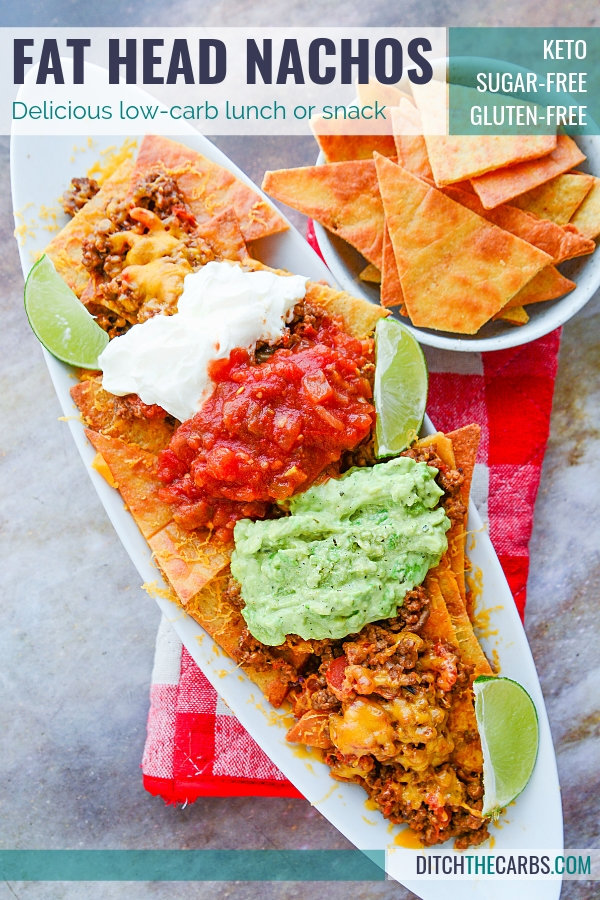
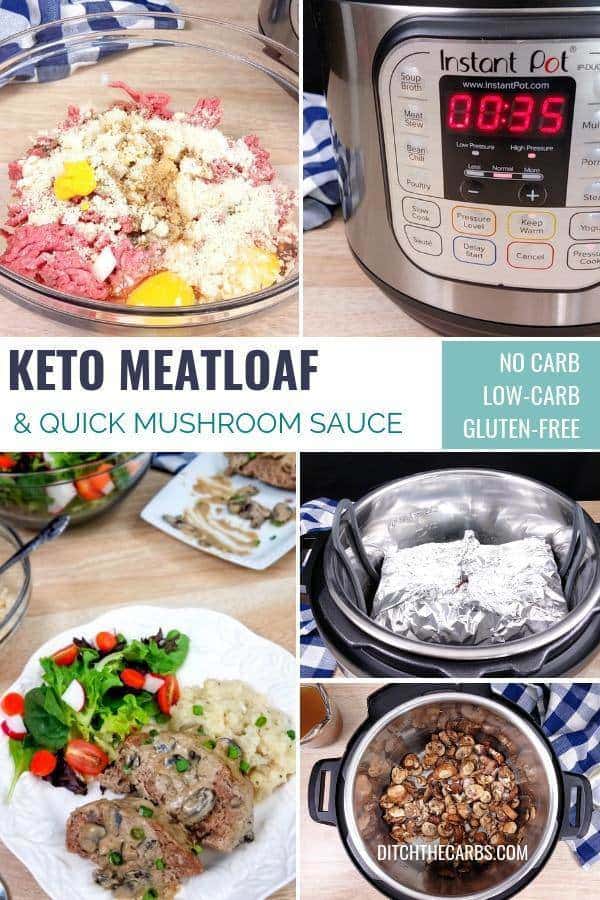
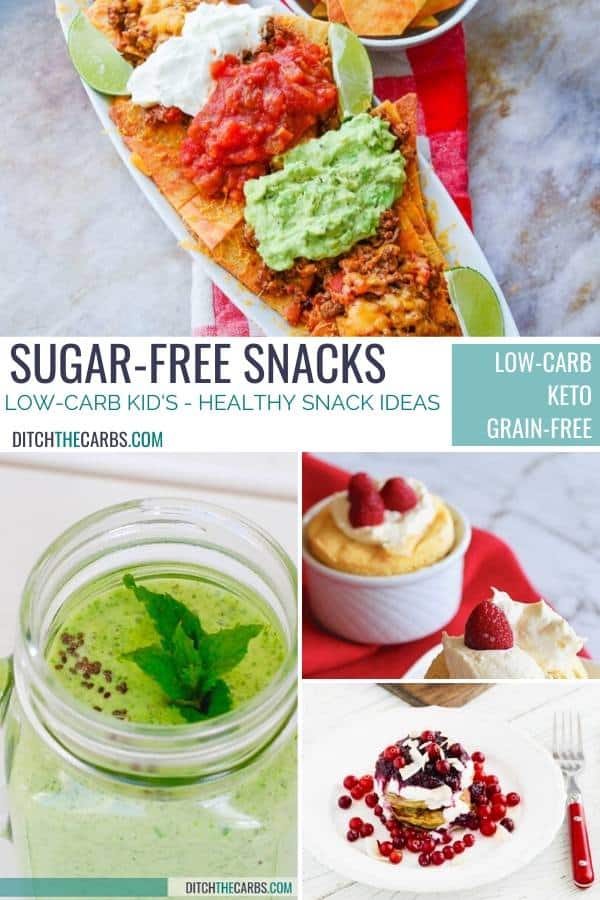
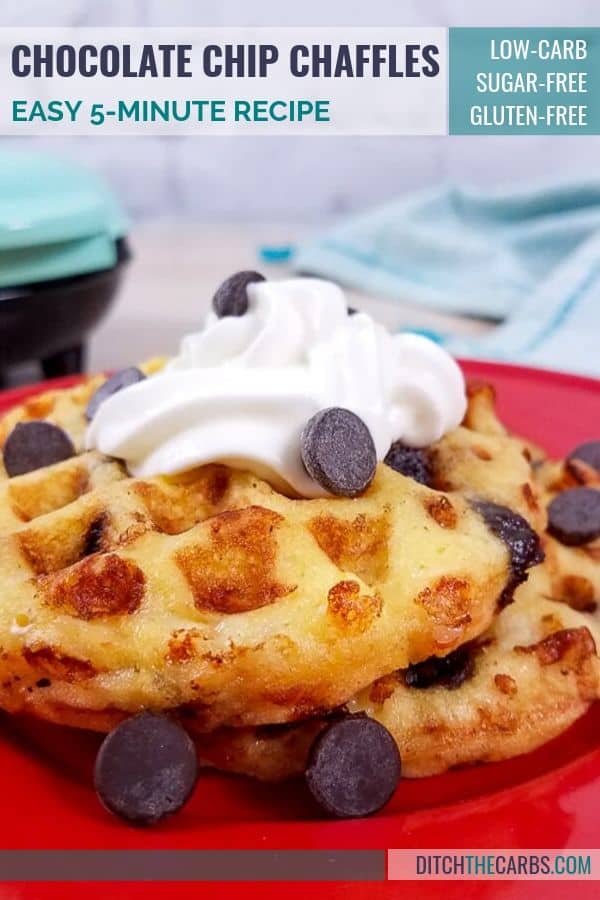

0 Komentar